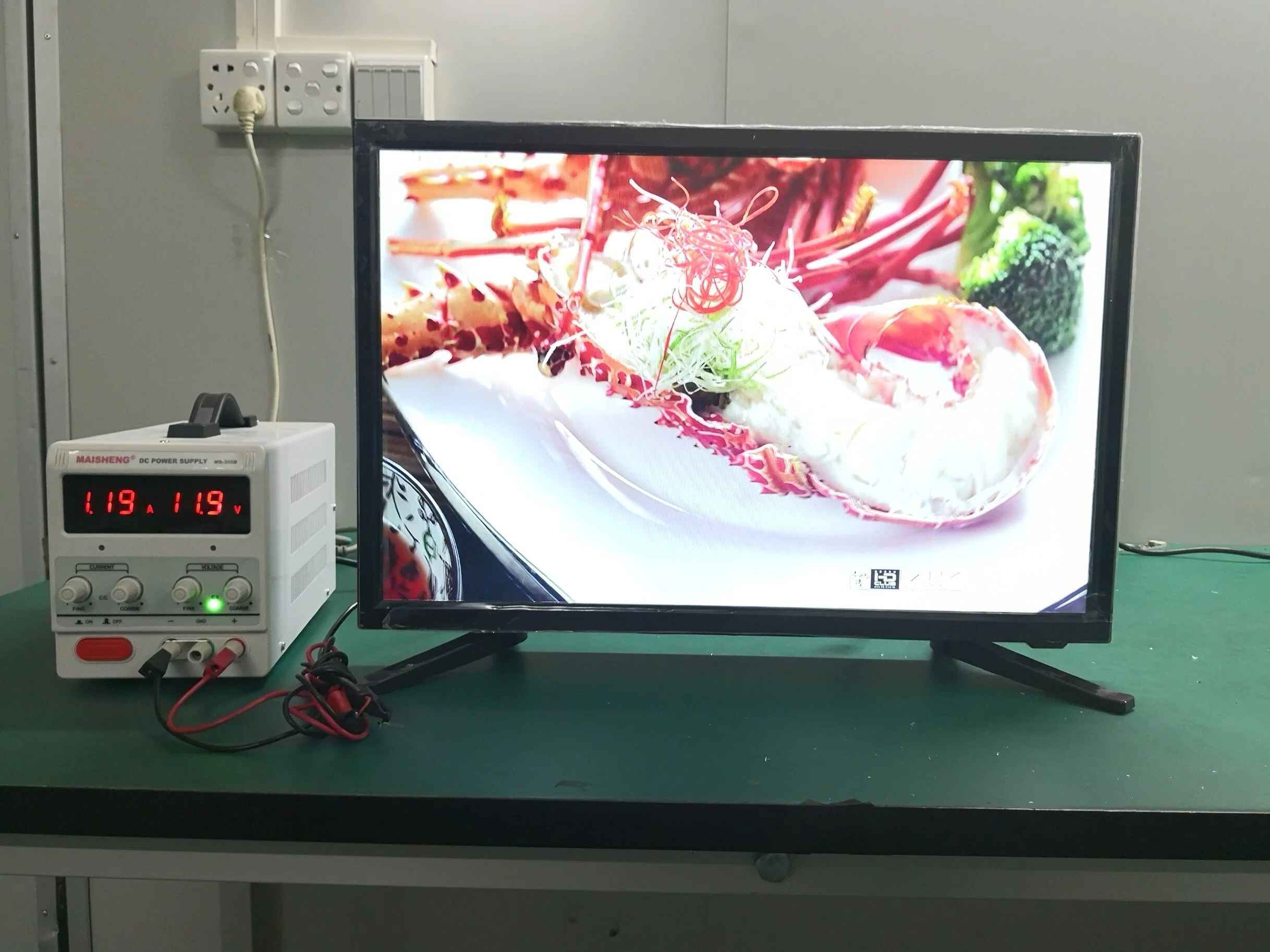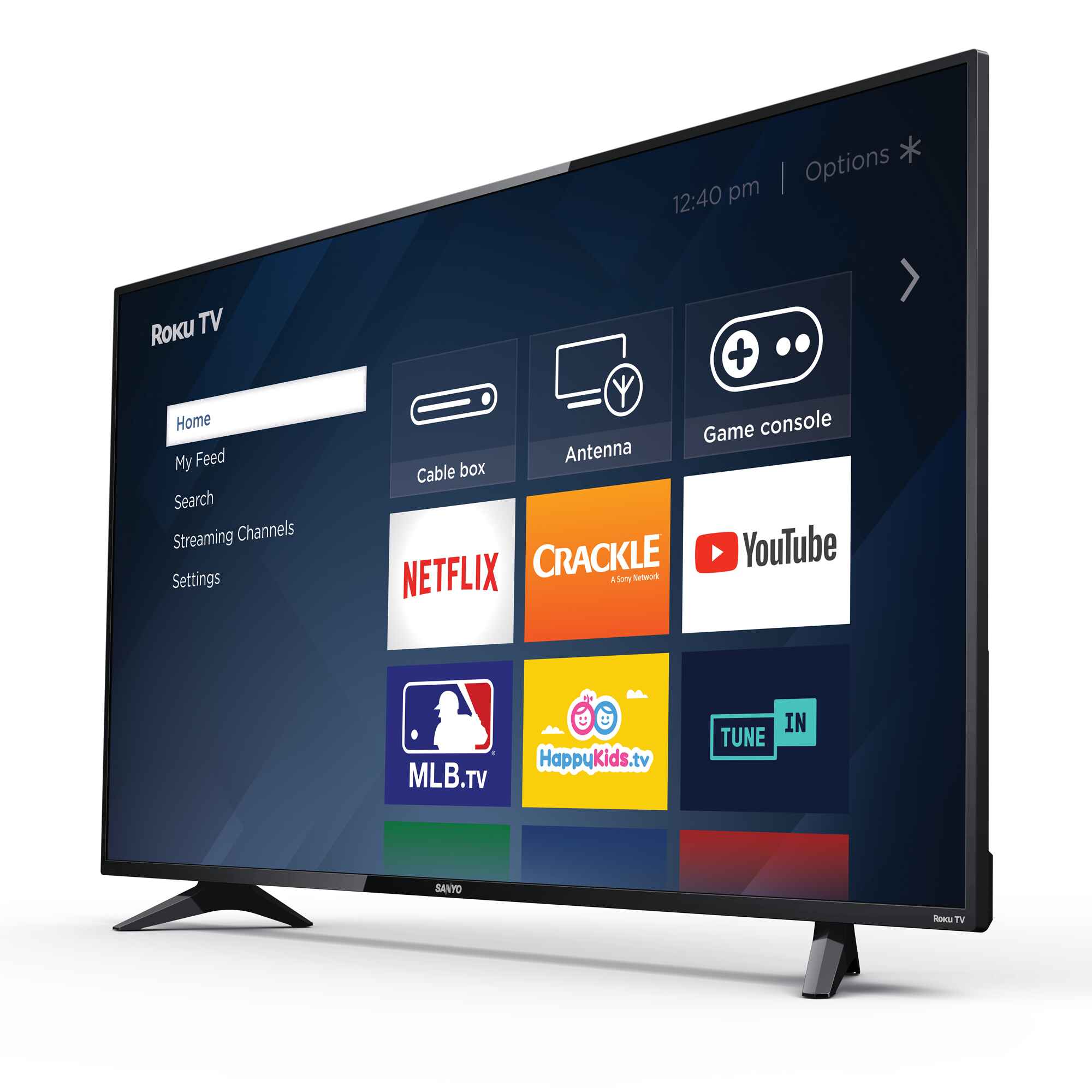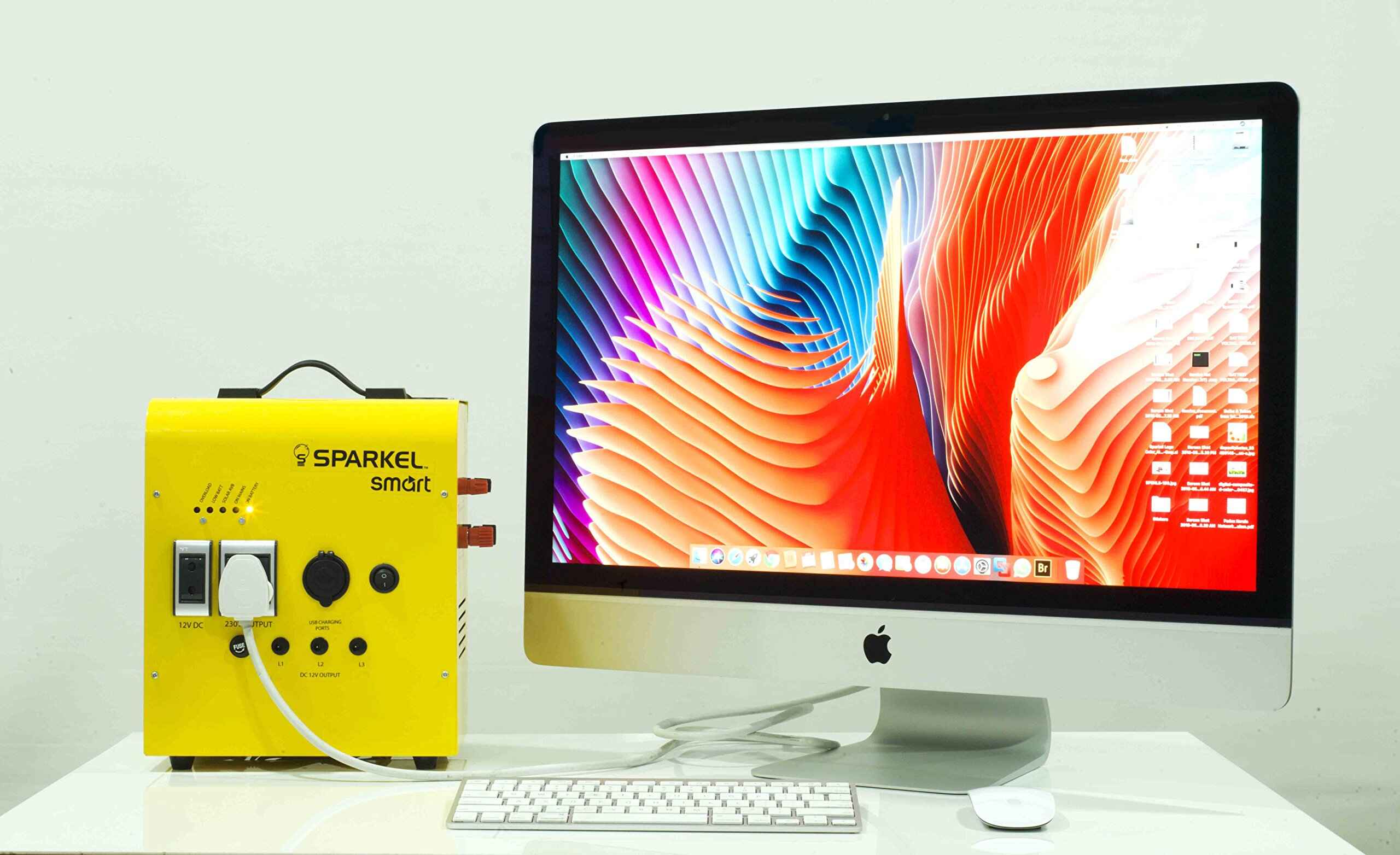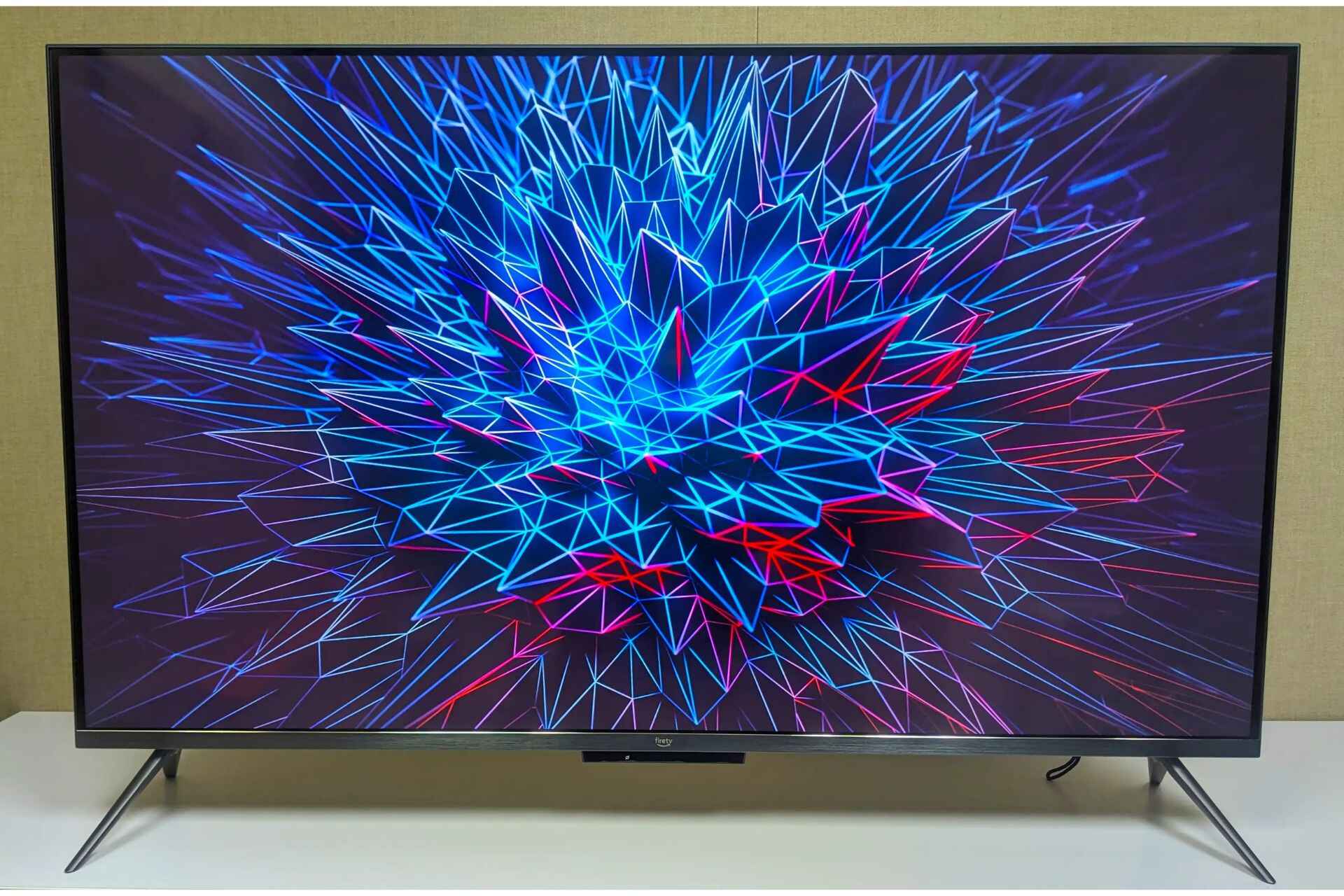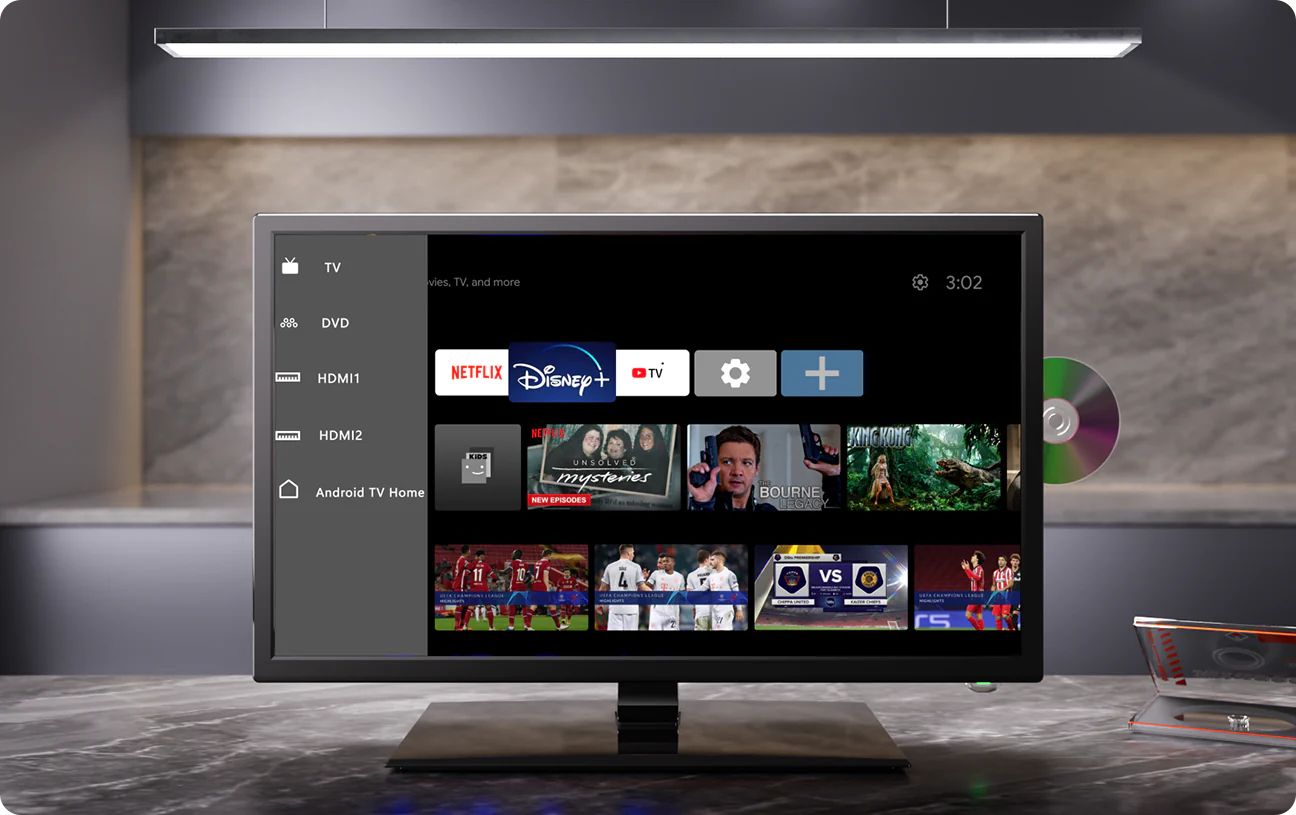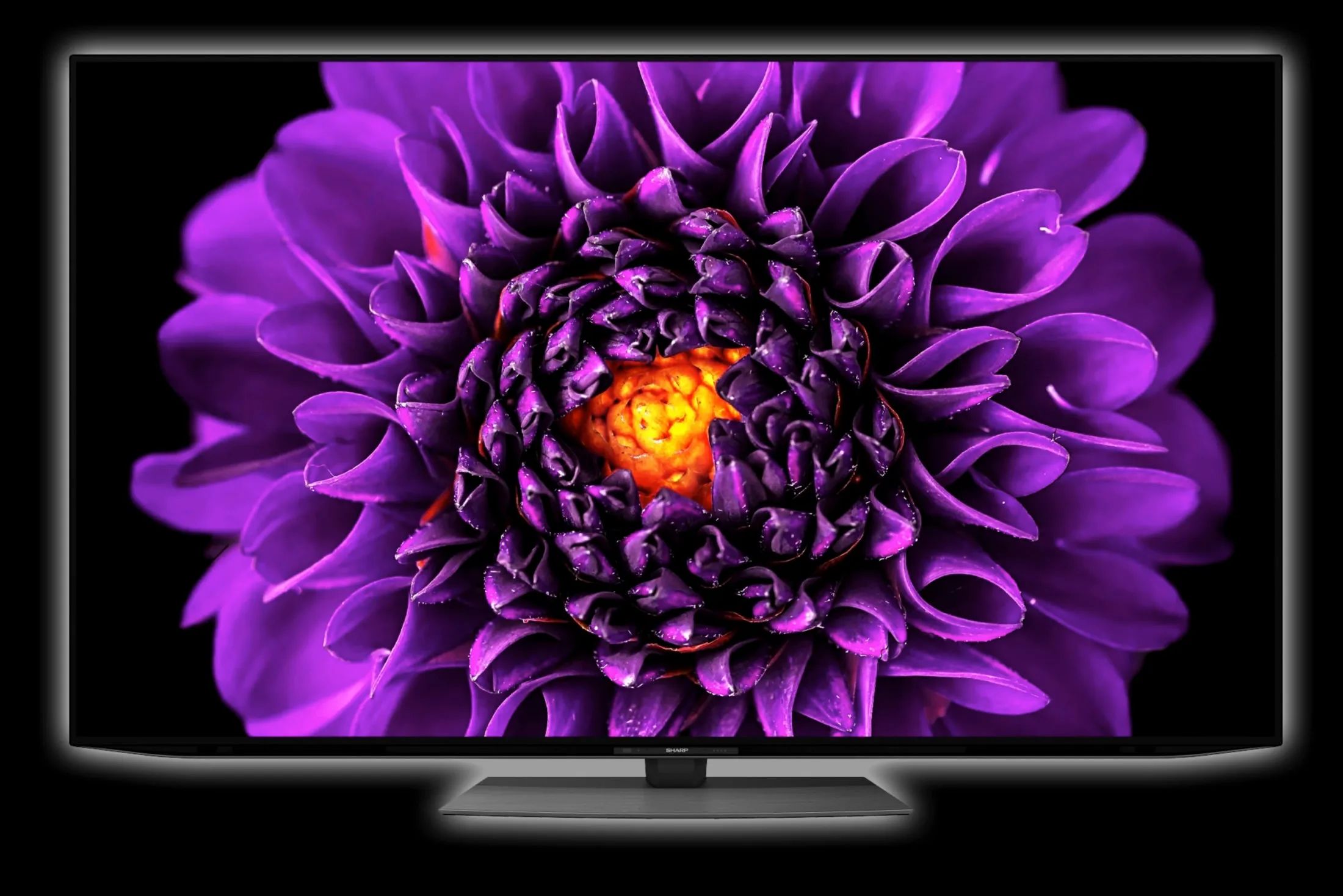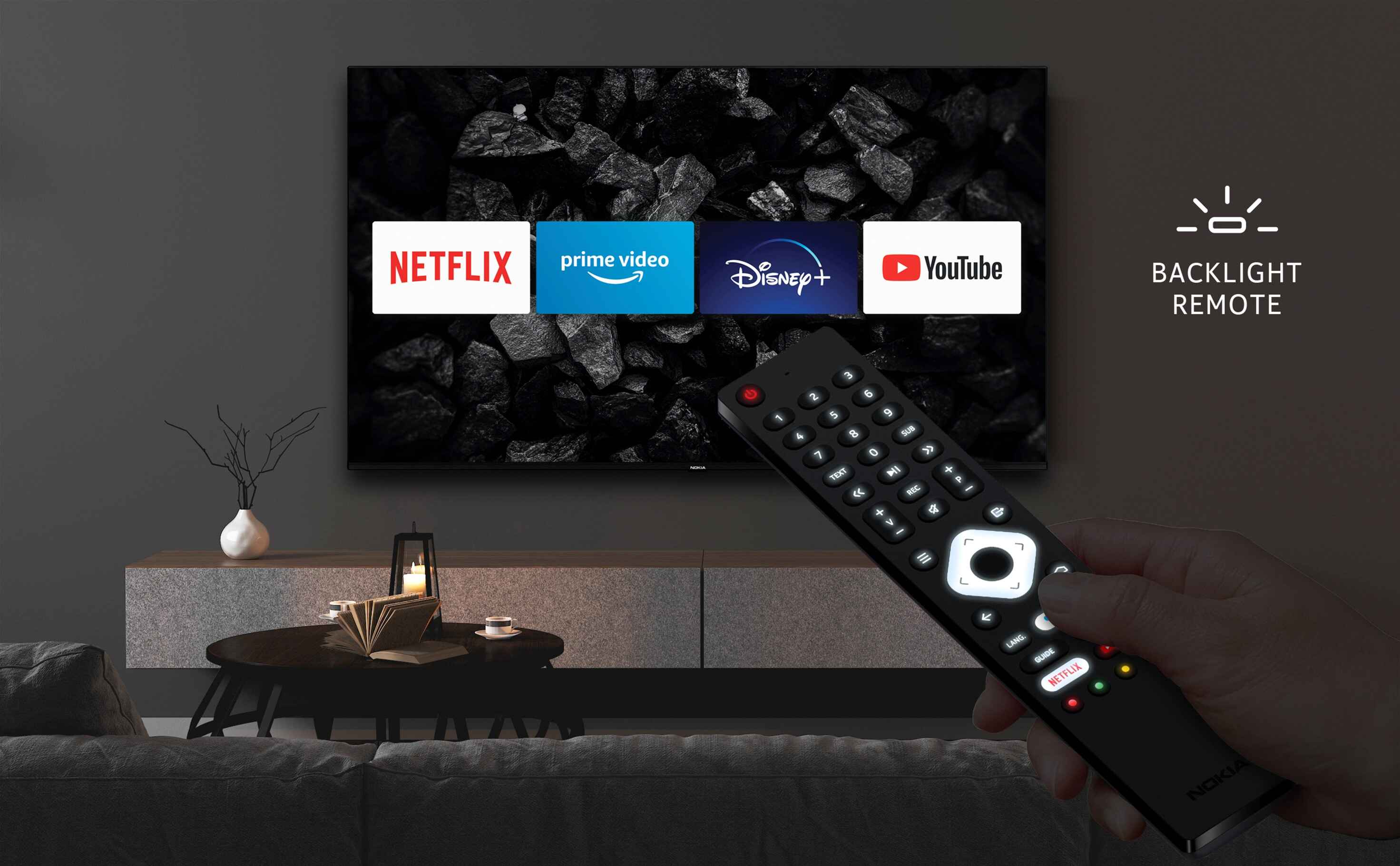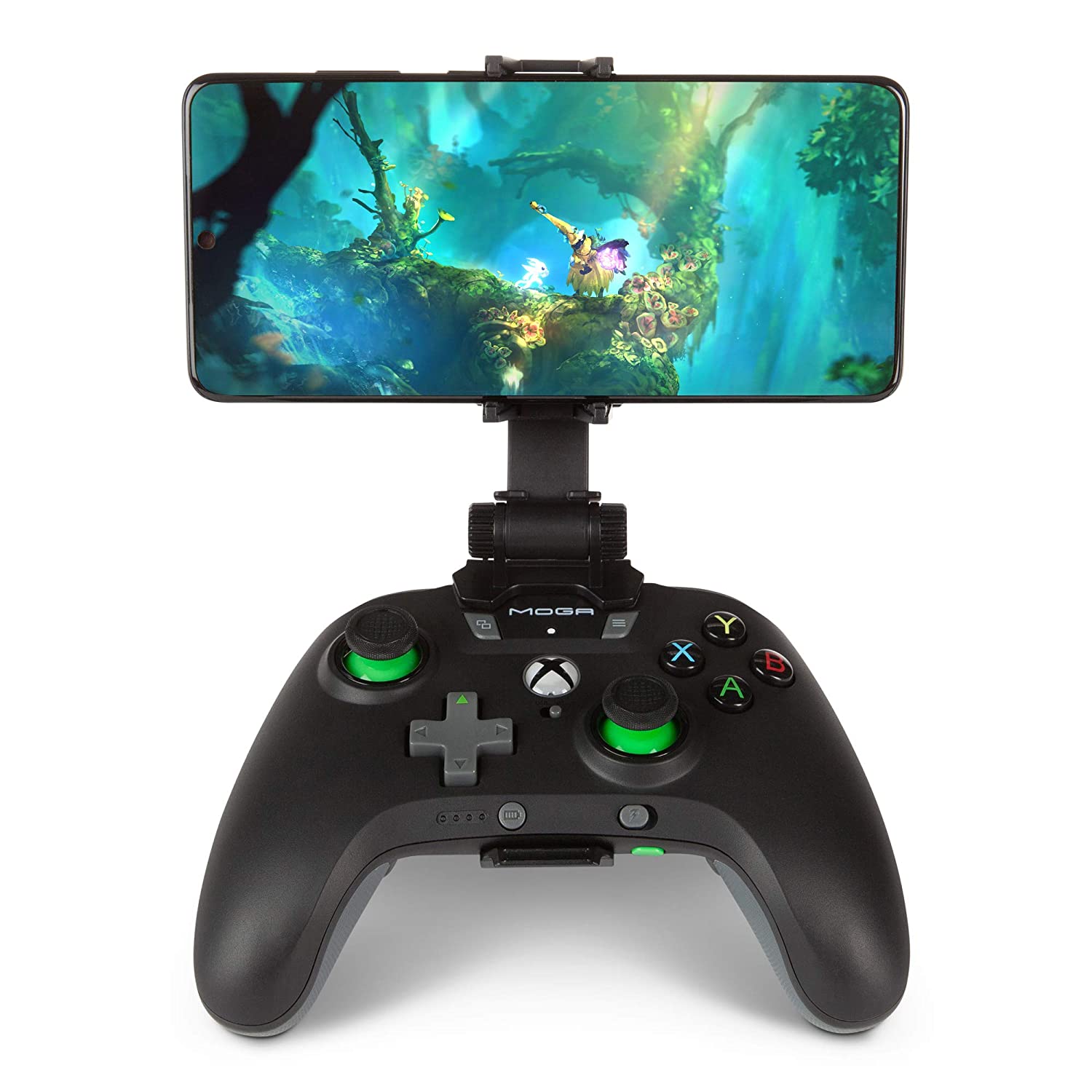Introduction
Welcome to this informative article, where we will explore the topic of how long a battery can power a LED TV. In today’s digital age, TVs have become an essential part of our lives and being able to power them anywhere, especially without a direct power source, is a tremendous convenience. So, if you’re planning a camping trip, a beach outing, or simply want to watch your favorite shows in the backyard, understanding the battery life of a LED TV is crucial.
Before delving into the specifics, it’s important to note that the battery life of a LED TV can vary based on several factors. These factors include the size and model of the TV, the power consumption of the TV, the capacity of the battery being used, and other external factors such as the screen brightness and audio volume settings.
In the following sections, we will discuss these factors in more detail and provide you with calculations and tips to help you estimate how long your battery can power your LED TV. So, if you’re curious to know whether your battery can last for a few hours, a whole day, or even longer, let’s dive in!
Factors that Affect Battery Life
When it comes to the battery life of a LED TV, several factors come into play. Understanding these factors will help you make informed decisions about battery selection and usage. Let’s take a closer look at the key factors that impact the overall battery life:
- LED TV Power Consumption: One of the most critical factors affecting battery life is the power consumption of the LED TV itself. Different models and sizes have varying power requirements, usually measured in watts. Larger screens generally consume more power than smaller ones. So, it’s important to consider the power consumption specifications of your TV to estimate the battery life accurately.
- Battery Capacity: The capacity of the battery being used is another crucial factor to consider. Battery capacity is typically measured in watt-hours (Wh) or milliampere-hours (mAh). The higher the capacity, the more energy the battery can store, resulting in a longer battery life for your LED TV.
- Screen Brightness: The brightness level at which you operate your LED TV significantly affects battery life. Higher screen brightness requires more power, leading to a shorter battery life. Adjusting the brightness to a lower level can help conserve battery power and extend the viewing time.
- Audio Volume: Similar to screen brightness, the volume level of the audio also impacts the battery life. Higher audio volume necessitates more power, decreasing the overall battery runtime. Lowering the audio volume or using external speakers with lower power requirements can help mitigate this effect.
- External Factors: Environmental conditions, such as temperature and humidity, can influence battery performance and overall battery life. Extreme temperatures, whether hot or cold, can affect a battery’s capacity and discharge rate. Therefore, it’s important to consider operating your LED TV within the recommended temperature range for optimal battery performance.
By taking these factors into account, you can gain a better understanding of the variables that affect the battery life of your LED TV. In the next section, we will delve into the calculations involved in estimating the battery life based on these factors. So, let’s move on to the next segment and crunch some numbers!
LED TV Power Consumption
When it comes to estimating the battery life of a LED TV, understanding the power consumption of the TV is crucial. LED TVs have become increasingly energy-efficient over the years, but power consumption still varies depending on the size and model of the TV.
LED TVs typically have a power consumption rating listed in the product specifications. This rating is usually measured in watts (W). To calculate the power consumption, you can multiply the voltage (V) by the current (A) drawn by the TV. For example, if your LED TV operates at 120 volts (V) and draws 1.5 amps (A), the power consumption would be 180 watts (W) (120V x 1.5A = 180W).
Please note that this power consumption calculation represents the maximum power draw of the TV under normal operating conditions. The actual power consumption may vary depending on the content being displayed, screen brightness, and other factors.
It’s important to consider the power consumption of your LED TV when selecting a battery to power it. The battery needs to have a sufficient power output to meet or exceed the TV’s power requirements. Additionally, keep in mind that using a higher capacity battery can provide longer runtimes and potentially power other devices simultaneously.
It’s worth mentioning that newer LED TV models often have energy-saving features, such as power-saving modes or automatic brightness adjustment, which can help reduce power consumption. Taking advantage of these features can extend the battery life even further.
By understanding the LED TV’s power consumption and considering energy-saving features, you can make more informed decisions when selecting a battery and optimize the battery life for your LED TV setup. In the next section, we will explore how to calculate the battery capacity required to power your TV for a desired amount of time.
Battery Capacity Calculation
Calculating the required battery capacity to power a LED TV for a desired amount of time involves considering the power consumption of the TV and the duration you want the TV to run on battery power. By estimating the energy consumption and applying some simple calculations, you can approximate the battery capacity needed. Here’s how:
- Estimate TV Energy Consumption: Determine the power consumption of your LED TV by referencing the product specifications or using a power meter. Make sure to note the power consumption in watts (W).
- Convert Time Units: Determine the desired duration the TV should run on battery power and convert it to hours (H).
- Calculate Battery Capacity: Divide the energy consumption (in watt-hours) by the time duration to obtain the required battery capacity in watt-hours (Wh). For example, if your LED TV consumes 100 watts (W) and you want it to run for 4 hours (H), the required battery capacity would be 400 watt-hours (100W x 4H = 400Wh).
It’s important to note that the calculated battery capacity represents the minimum capacity required to power the TV for the desired duration. Opting for a battery with a higher capacity can provide a buffer and ensure a more extended TV runtime.
When selecting a battery, it’s essential to consider the actual available capacity, as batteries aren’t 100% efficient in energy conversion. The usable capacity of a battery may be around 80-90% of the total rated capacity.
Additionally, it’s advisable to account for any additional power needs, such as powering external devices or speakers. Factoring in these additional power requirements will give you a more accurate estimation of the battery capacity needed to power your LED TV setup.
In the following section, we will demonstrate some example calculations to help you better understand how to estimate the battery capacity for different LED TV scenarios. So, let’s jump into some numbers!
Example Calculations
Let’s walk through some example calculations to put the battery capacity estimation into perspective. These examples will help you understand how to apply the formula mentioned in the previous section. Remember that the actual power consumption and battery capacity may vary based on specific TV models and other factors.
Example 1:
You have a LED TV that consumes 80 watts (W) of power. You want to run it on battery power for 6 hours (H) without any additional devices. To calculate the required battery capacity:
- TV Power Consumption (W): 80W
- Desired Duration (H): 6H
- Required Battery Capacity (Wh): 80W x 6H = 480Wh
Therefore, you would need a battery with a capacity of at least 480 watt-hours (Wh) to power the TV for 6 hours.
Example 2:
Now, let’s consider a scenario where you have the same LED TV consuming 80 watts (W) of power, but you also have external speakers that draw an additional 20 watts (W) of power. You want to run both the TV and the speakers for 4 hours (H) on battery power. The calculation would be:
- TV Power Consumption (W): 80W
- External Speakers Power Consumption (W): 20W
- Desired Duration (H): 4H
- Required Battery Capacity (Wh): (80W + 20W) x 4H = 400Wh
In this case, the combined power consumption is 100 watts (W), and you would need a battery with a capacity of at least 400 watt-hours (Wh) to power both the TV and external speakers for 4 hours.
Remember, these calculations serve as guidelines and will vary depending on the specific power requirements of your devices. Additionally, it’s important to consider the usable capacity of the battery and any additional power needs when selecting the appropriate battery.
Now that you have a better understanding of how to estimate the battery capacity for different scenarios, let’s move on to the next section, where we will provide some tips to help you extend the battery life of your LED TV.
Tips to Extend Battery Life
Extending the battery life of your LED TV can significantly enhance your viewing experience, especially when you are relying on battery power for an extended period. Here are some valuable tips to help you maximize the battery life:
- Adjust Screen Brightness: Lowering the screen brightness on your LED TV can significantly reduce power consumption. Find the optimal brightness level that offers a balance between visibility and energy efficiency. Avoid setting the brightness to the highest level unless necessary.
- Optimize Audio Volume: Similar to screen brightness, adjusting the audio volume to a reasonable level can help conserve battery power. Lowering the volume or using external speakers with lower power requirements can contribute to extending the battery life.
- Enable Power-Saving Mode: Many LED TVs have built-in power-saving modes that automatically adjust settings to minimize power consumption. Enable this mode to optimize energy efficiency. However, keep in mind that power-saving modes may slightly affect image quality or performance.
- Minimize External Device Usage: If possible, try to limit the use of external devices or peripherals that draw power from the TV. Each additional device connected to the TV increases the overall power consumption, reducing the battery life.
- Use Energy-Efficient Features: Take advantage of energy-saving features that come with your LED TV, such as automatic power-off timers or sleep modes. These features can help conserve battery power when the TV is not actively in use.
- Keep TV Firmware Updated: Manufacturers often release firmware updates that include optimizations for power management. Periodically check for firmware updates and install them to benefit from any power-saving enhancements.
- Properly Ventilate the TV: Ensure that your LED TV has proper ventilation to prevent overheating. Excessive heat can affect the TV’s performance and potentially reduce battery life. Keep the surroundings well-ventilated to dissipate heat effectively.
By implementing these tips, you can make the most out of your battery life and enjoy extended viewing time. Remember, the actual battery life may still vary based on factors such as battery capacity, TV model, and individual usage patterns.
Now that you’re equipped with these useful tips, let’s conclude with a brief summary of what we’ve covered in this article!
Conclusion
In conclusion, understanding the factors that affect the battery life of a LED TV is essential for ensuring a seamless and uninterrupted viewing experience, even when a direct power source is not available. By considering the LED TV’s power consumption, calculating the required battery capacity, and implementing tips to extend battery life, you can optimize your battery usage and enjoy prolonged TV viewing on battery power.
We discussed how LED TV power consumption, measured in watts (W), plays a significant role in determining the battery life. Additionally, we explored the calculation of battery capacity, using the power consumption and desired duration, to estimate the minimum battery capacity needed for powering the TV.
Furthermore, we provided example calculations to illustrate how to apply the formula and determine the required battery capacity for different scenarios. These calculations can serve as a helpful guideline when selecting a battery for your LED TV setup.
To maximize the battery life, we shared valuable tips, including adjusting screen brightness, optimizing audio volume, enabling power-saving mode, minimizing external device usage, using energy-efficient features, and keeping the TV firmware updated. Following these tips and implementing energy-saving measures can significantly extend the battery life and enhance your overall TV viewing experience.
Remember that the actual battery life may vary based on factors such as the specific TV model, battery capacity, and individual usage patterns. It’s important to test and adjust accordingly to find the optimal settings and battery capacity that meet your specific needs.
With the knowledge gained from this article, you are now equipped to make informed decisions when it comes to selecting the right battery, estimating battery capacity, and maximizing the battery life of your LED TV. Whether you are planning a camping trip, a beach outing, or simply enjoying TV in a location without a direct power source, you can confidently power your LED TV using batteries and ensure uninterrupted entertainment wherever you go.
So, go ahead and put your newfound knowledge into practice, and enjoy your favorite shows and movies on your LED TV, powered by the perfect battery solution!







